Trees are an essential part of our environment, providing us with oxygen, shade, and beauty. Unfortunately, pests and diseases can cause serious damage to trees if not prevented or managed properly. In this article, we will discuss the importance of preventative measures to protect trees from pests and diseases. We will discuss the different types of pests and diseases that can affect trees, as well as the signs that indicate a tree may be suffering from a pest or disease problem.
Finally, we will provide tips on how to prevent and manage these problems effectively in order to keep trees healthy and strong. Trees are vulnerable to pests and diseases, but there are several preventative measures that can be taken to protect them. To prevent any infestations, it is important to identify the signs of pests or diseases early on. Inspecting your trees regularly is key – look for changes in foliage, abnormal growth, unusual colors, and other signs of distress. Additionally, regularly check for potential entry points for pests.
Insects and other pests often enter through weak or damaged bark, open wounds, or cracks in branches. To reduce the spread of infection, it is important to prune away dead or diseased branches. Ensuring that the soil around your trees is healthy and nutrient-rich is also important. Apply mulch and fertilizer as needed to help your trees stay healthy.
It is also important to keep an eye out for insect colonies or other sources of infestation. If you spot any signs, take measures to control the population. Using traps or other pest control methods can reduce the chances of an infestation. Planting trees in areas where they will receive plenty of sunlight and have adequate space to grow can also help reduce the chances of pests or diseases.
Additionally, choosing pest-resistant varieties of trees when possible can further reduce the chances of infestation.
Monitoring for Pests and Diseases
In order to prevent an infestation or disease, it's important to monitor your trees regularly. Look for signs of distress, such as discolored leaves, spots on branches, or changes in foliage growth. It's also important to note any changes in the tree's appearance that may signal a pest or disease infestation. These include wilting of leaves, discoloration of bark, and defoliation of leaves. When conducting these inspections, it's important to take note of any signs that may indicate an infestation or disease.This could be anything from a sticky substance on the leaves or bark of the tree to webbing or sawdust-like material around the base of the tree. If you notice any signs of distress or infestation, contact a professional tree care specialist right away.
Healthy Soil
Healthy soil is essential for the health of your trees. Plants need a range of nutrients and minerals to stay healthy, and these are found in the soil around them. If the soil is nutrient-poor, it can lead to stunted growth and poor health.It is also important that the soil is well-aerated, as this helps the roots to take in the necessary oxygen. Mulching and adding fertilizer can help with this. Mulch helps to keep the soil moist and adds nutrients, while fertilizer gives your trees an extra boost. However, it is important not to overdo it, as too much fertilizer can cause burning of the roots.
Pest Control Methods
If you identify an insect colony or other source of infestation, it's important to take steps to control the population before it becomes a full-blown infestation. Traps and other pest control methods can be used to reduce the chances of an infestation.One effective pest control method is the use of traps. Traps that are designed to attract specific types of insects can be placed near trees or other areas where pests are likely to be present. These traps can help reduce the number of insects present in the area, making it easier to manage and eliminate any infestations. In addition to traps, there are also other pest control methods that can be used to reduce the risk of infestations.
Insecticides and other chemical treatments can be used to kill insects and reduce the chances of an infestation. However, it is important to use these treatments safely and in accordance with instructions provided by the manufacturer. Finally, physical barriers such as nets and fences can also be used to keep pests away from trees. These barriers can be effective in preventing insects from entering or leaving an area, which can help protect your trees from any potential infestations.
Taking preventative measures is the best way to protect your trees from pests and diseases. Regularly inspect your trees for signs of distress, keep an eye out for sources of infestation, and take steps to ensure that the soil around your trees is healthy. By taking these steps, you can help keep your trees healthy and reduce the chances of an infestation. Monitoring for signs of pests and diseases, using pest control methods, and maintaining healthy soil are all essential components to preventing infestations on trees.
Taking the time to implement preventive measures can save you money and time in the long run, as well as help ensure the health and longevity of your trees.
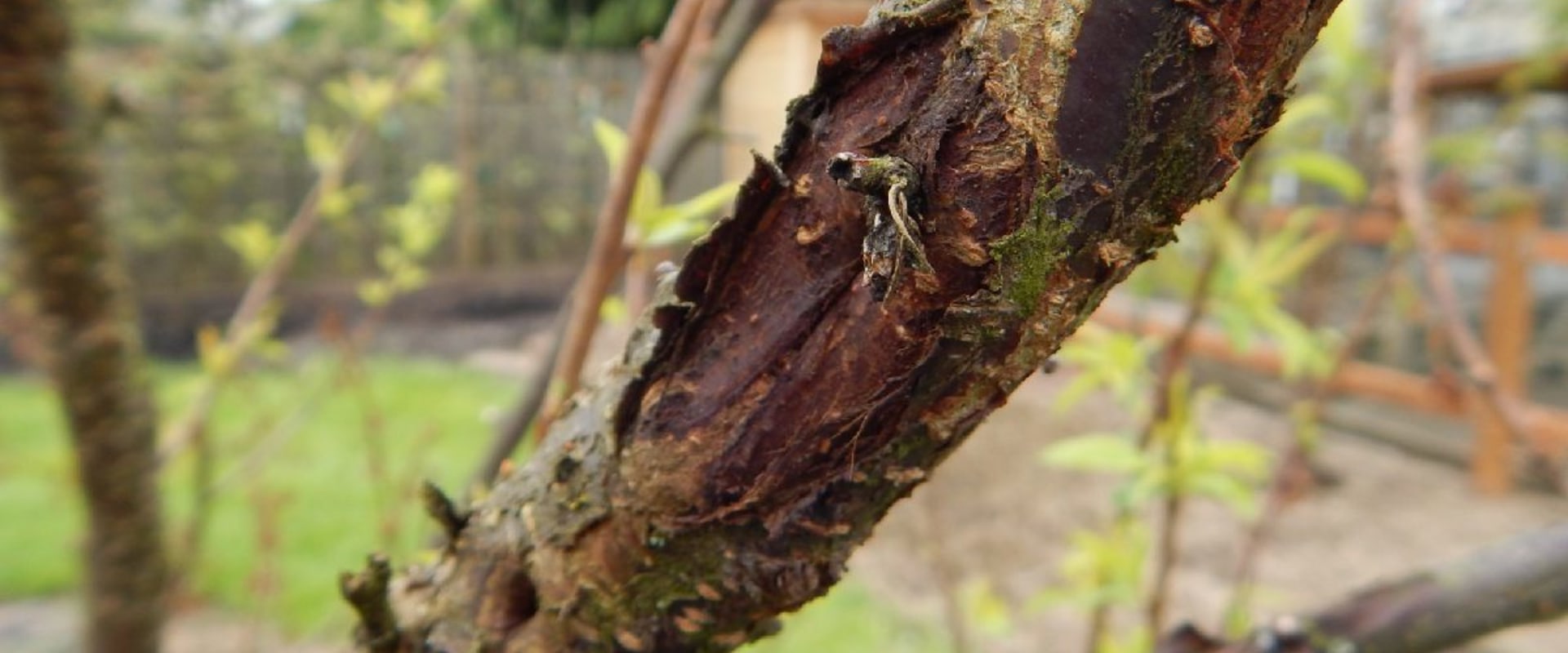
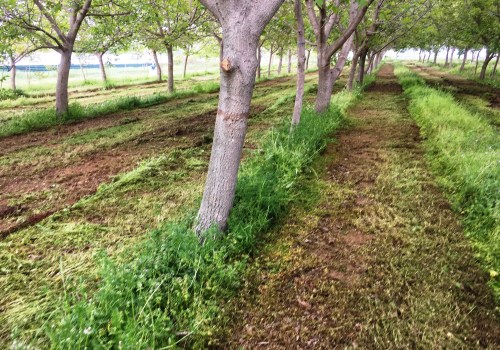
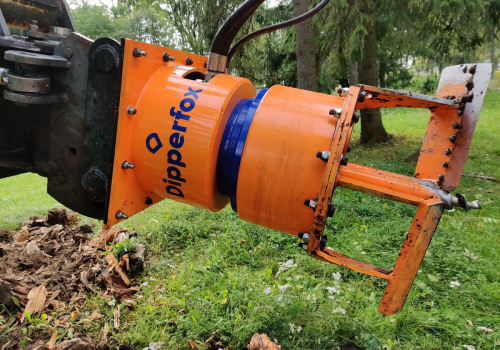
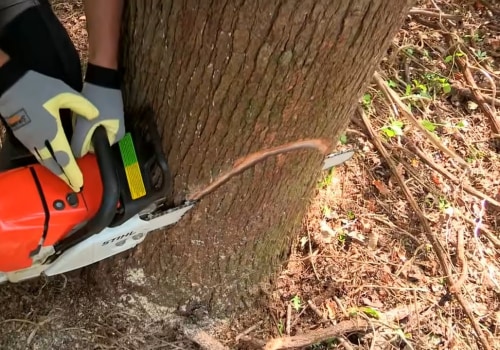
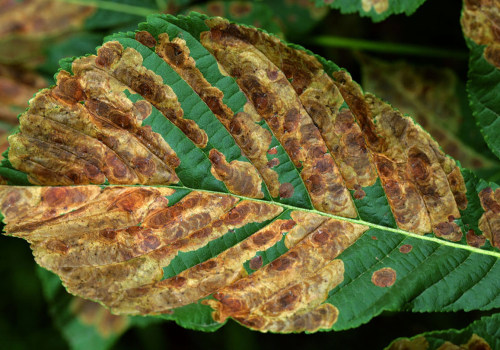
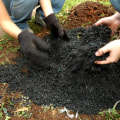
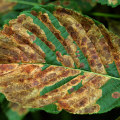
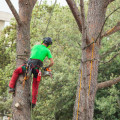
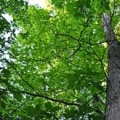
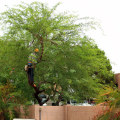
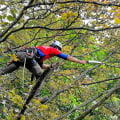
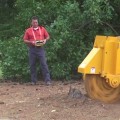
Leave Message